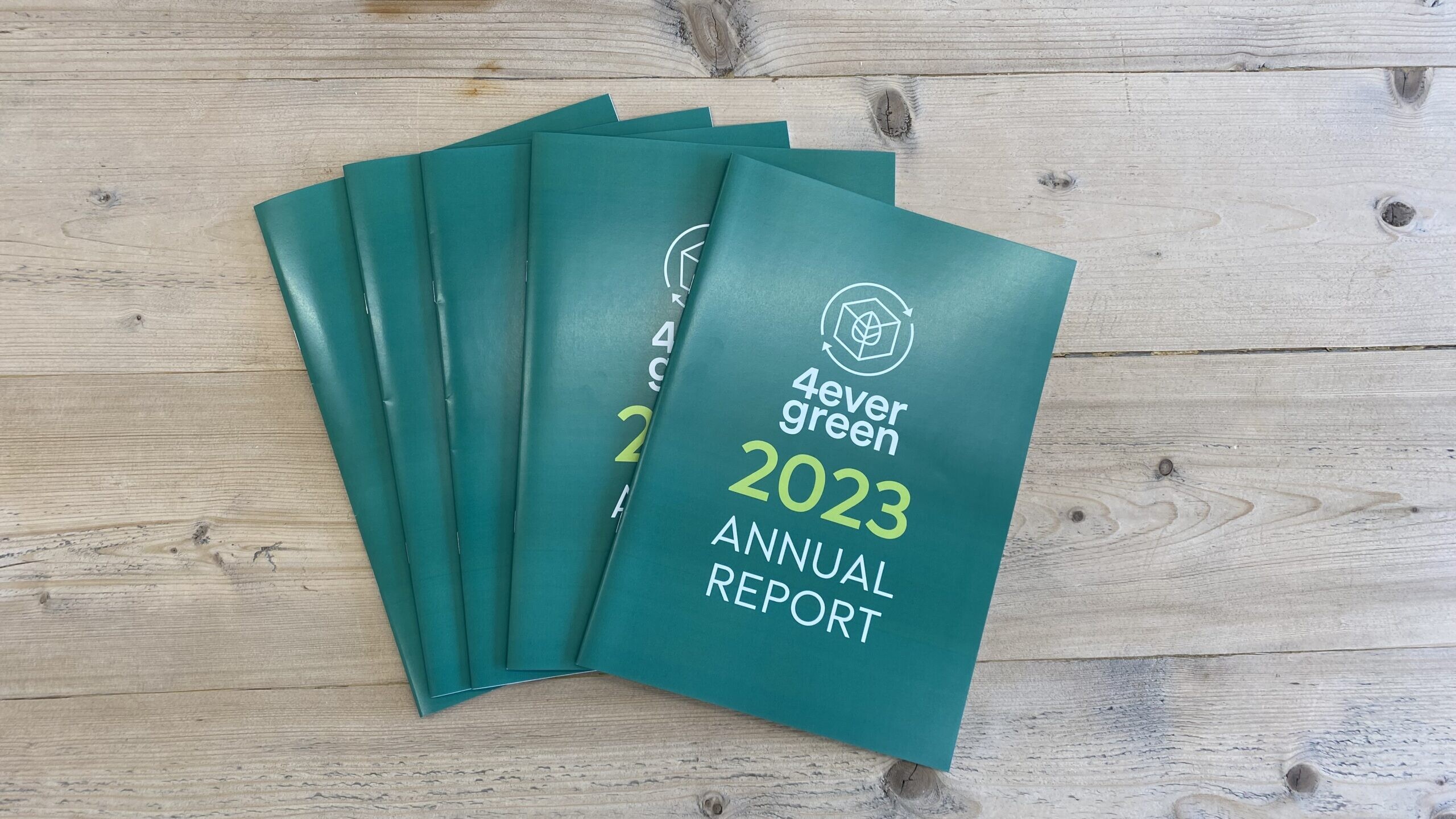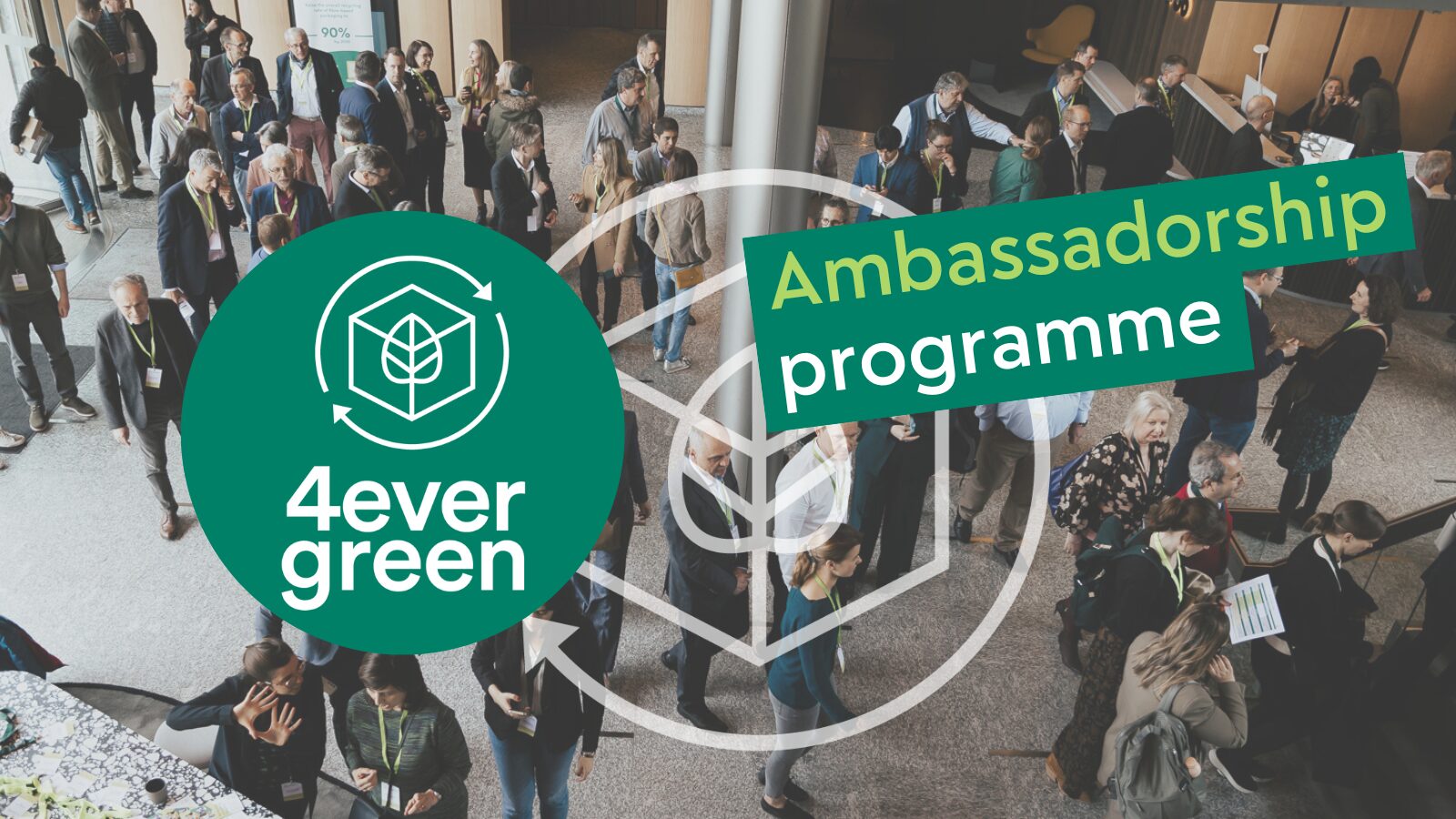With a population of over one hundred thousand inhabitants, Trento has appeared in several rankings as one of the leading cities in Italy in terms of environmental performance. As Mayor Franco Ianeselli explains, sustainability has been on Trento’s agenda since the 1990s. Today, it can proudly claim to have achieved an impressive 80% for separate waste collection, following the implementation of a door-to-door collection system and a tremendous effort to raise public awareness.
Mayor Ianeselli, Trento is one of Italy’s champions in terms of sustainability, as several reports have shown in recent years (e. g. Smart City Index). Does Trento have a long tradition of environmental involvement, or has it rather been the result of more recent concerns?
Sustainability has been on the agenda of the Municipality of Trento for many years, probably since the late 1990s. Back then, the municipal administration was one of the first in Italy to adopt a strategic plan and then translate it over the years into specific, detailed policies, such as those concerning waste. In 2006, the so-called ‘door-to-door’ system was introduced, thanks to which Trento now has a separate waste collection rate of 80%. In the following years, the municipality focused on the redevelopment of the public and private building stock, adopting a regulation to encourage sustainable building (2007) and creating a public wi-fi network in the historic centre. In 2008, the “Trento for Kyoto” plan defined the actions to be pursued in renewable energy and energy saving. Particular attention was also paid to traffic management in the city. In 2010, the first mobility plan (the new plan will be approved shortly) set the objective to improve the urban environment and the progressive reduction of particulate matter and harmful emissions. Today’s policies have their roots in that period when Trento decided to become a more sustainable and liveable city.
The main tool to achieve the city’s objectives has been the Sustainable Energy Action Plan, dating from 2014 and including the zero-waste project. What actions have been taken so far to accomplish that goal in particular, and what is the direction from now on?
In 2014, the Municipality of Trento joined the Covenant of Mayors (Patto dei Sindaci), a movement launched by the European Commission in 2008 to reduce emissions and address climate change. With the Sustainable Energy Action Plan (PAES), approved in 2015, Trento has exceeded the European target of 20%, reaching a 22% CO2 reduction in 2019, compared to 2006. Many initiatives have been put in place to hit the target: the energy requalification of public buildings, the enlargement of the bicycle lanes network, the creation of new bike sharing stations, the improvement of public lighting, the creation of farmers’ markets to strengthen the zero km supply chain… Building on the achieved results, the Municipality of Trento has joined the new Covenant of Mayors for climate and energy, committing itself to drawing up the Sustainable Energy and Climate Action Plan (PAESC). The plan not only aims to reduce emissions but also to develop strategies for adapting to climate change. It is a voluntary and ambitious plan that identifies multiple actions covering many sectors: housing, tourism, renewable energy, mobility and transport.
According to recent statistics, Trento is one of the best examples of effective waste collection in the country: separate waste collection has reached over 80% of the total. What is the formula for such success?
This results from work that began in the first decade of the 2000s, when Trento switched from street bins to a ‘door-to-door’ waste collection system. This is a system that makes citizens responsible for separating waste at source: paper, glass, plastic, and organic waste must be separated at home using the appropriate bins. In addition, to support the system, ‘material collection centres’ (CRM) have been opened in every neighbourhood: here, citizens can bring bulky waste, waste oil, brushwood and wood, small quantities of building materials, used clothes and all types of waste except residual. These centres are critical because they remove any excuse for waste abandonment.
To help citizens better understand the recycling systems, especially with the implementation of the door-to-door scheme, we understand that the educational and dissemination tasks have been fundamental. Can you describe that program more concretely?
Especially at the beginning, the information and educational aspects were of great importance. Hundreds of meetings were held in each neighbourhood to explain the new collection system, some even at the individual apartment block level. In addition, at supermarkets or neighbourhood festivals, teams of eco-volunteers, mostly young people but not only, explained how to separate waste and the benefits of doing so.
This was complemented by a communication campaign: ‘Every waste has its glorious day‘ was one of the slogans. The aim was to clarify that each category of waste materials had to be put outside homes on different days according to the collection calendar. In some multi-ethnic neighbourhoods, collection instructions were translated into Arabic, English, French, and Chinese so that the immigrant community would also be involved in the city’s effort to increase the quantity and quality of waste collection. Despite the scepticism of the first period, we saw the results, as evidenced by today’s 82-83 per cent separate waste collection rate. Now it’s time to make a further effort to boost reuse and close the disposal loop: the city and the province need a plant that transforms waste into energy and allows us to abandon the outdated, inefficient, dangerous landfilling system.
Finally, as Mayor of a city in an EU Member State, how do you see Trento’s plans and ambitions contributing to the targets of the EU Green Deal?
Europe has always been a reference point for Trento. Indeed, in recent years the city has looked to the best practices of European cities to improve its performance. No less important have been EU directives: to give just a few examples, separate waste collection, the increase in the number of places in kindergartens, and the requalification of buildings are all initiatives linked to objectives indicated by the EU. The Green Deal for Trento will be a great opportunity to become sustainable. From our perspective, sustainability must be the criterion for evaluating any project, starting with mobility, which is surely one of the most complex issues the city must tackle in the coming years. In this regard, thanks to the Recovery and Resilience Plan (PNRR) funds, Trento is starting a real revolution.
This will include:
- moving cargo trains into tunnels,
- Converting railways near the city centre to underground,
- extending a local railway (the Trento-Malè),
- building a tram line, a cable link between the city and the mountains, a new bus station that will become an intermodal hub,
- the regeneration of marginal areas,
At the end of this great project, it will be much easier and more comfortable to travel by public transport in Trento, to the benefit from the quality of life and our environment. Also, various initiatives are underway concerning land consumption, energy, closing the waste cycle, reuse, and zero food miles, which will make Trento grow in sustainability and lighten the city’s footprint on the planet.
The example of Trento proves the importance of partnership initiatives at a European level, such as the Covenant of Mayors, and the positive returns of long-term sustained efforts. At 4evergreen, we look forward to hearing more about their next achievements, especially the project to transform waste into energy and move away from the landfilling system.
We also hope that others can follow in their footsteps, similarly to how Mayor Ianeselli explains – that exchanges with other European municipalities have inspired his city.
A year of collaboration and growth: discover 4evergreen’s 2023 Annual Report!
We are excited to launch 4evergreen’s 2023 Annual Report, looking back at our growth and achievements from the past year and recognising…
4evergreen launches new Ambassadorship programme
4evergreen is hitting the conference floors! This year, the alliance has launched a new Ambassadorship programme that will take us to major…
4evergreen wins European Paper Recycling Award
Brussels, 20 February 2024: The 4evergreen alliance has won a prestigious award from the European Paper Recycling Council (EPRC) in the…



